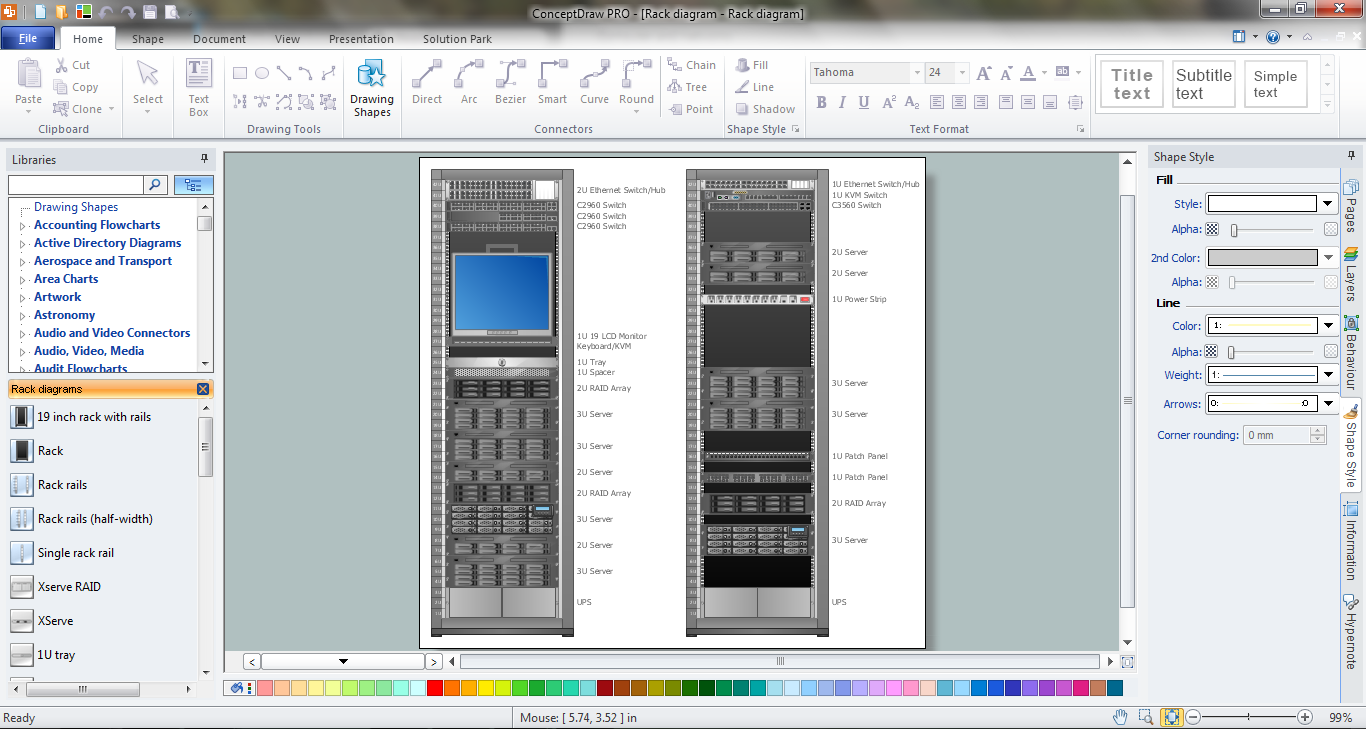Cacti Templates (Cisco Routers and Switches,Mysql,postfix,Qmail,Apache,Widows and many more) I have collected these scripts from Cacti forum and i hope this would help users to check the templates they are looking for cacti. Host Template: A Host Template is a container for a list of graph templates that will be related to this host. Notes: New with cacti 0.8.7. Add notes to a host to add arbitrary text. Disable Host: Exclude this host from being polled. This is of particular value, if a device is no longer available, but should be kept e.g.
When dealing with SNMP-enabled devices, there are often times when you want to graph the value of a singleOID. This tutorial explains how to do this in Cacti. It also assumes that you have the 'SNMP - Generic OIDTemplate' graph template, which is now included in Cacti as of version 0.8.5. If you do not see thistemplate listed under Graph Templates, download the template from the Cacti websitein XML form and import it using the Import Templates menu item.


Cacti Templates Hp Switch Printer
To start the process of creating a new graph for your OID, click the New Graphs menuitem and select the host that contains the target OID from the dropdown. Under the GraphTemplates box, you will see a dropdown on the last line that reads (Select a graphtype to create). From this dropdown, choose 'SNMP - Generic OID Template' and click theCreate button at the bottom of the page.
You will be presented with several fields that will require input before the new graph can be created.They are described in more detail below. Canon k10392 drivers.
Table 10-1. Field Description: SNMP - Generic OID Template
| Name | Description |
|---|---|
| (Graph) Title | The title that is to be used for the new graph. It is generally a good idea to keep host_description in the title, as to make the graph easier to identify later. |
| (Graph) Vertical Label | The text that will be printed along the y-axis of the graph. It is generally used to describe units, such as 'bytes' or 'percent'. |
| (Graph Items) Legend Color | The color that will be used to represent the data on the graph. |
| (Graph Items) Opacity/Alpha Channel | This optionally provides an opacity (not available with rrdtool-1.0.x) for a colored item. |
| (Graph Items) Legend Text | The text that will be used to describe the data on the graph legend. |
| (Data Source) Name | The title that is to be used for the new data source. It is generally a good idea to keep host_description in the title, as to make the data source easier to identify later. |
| (Data Source) Maximum Value [snmp_oid] | The maximum value that will be accepted from the OID. Make sure you choose a value that is reasonable for the data you are trying to graph because anything larger than the maximum will be ignored. If you are graphing a percentage, you should use '100' as the value should never exceed this. |
| (Data Source) Data Source Type [snmp_oid] | How the data from the OID should be stored by RRDTool and interpreted on the graph. If the value of the OID represents the actual data, you should use GAUGE for this field. If the OID value is a constantly incrementing number, you should use COUNTER for this field. The two remaining field values, DERIVE and ABSOLUTE can be ignored in most situations. |
| (Custom Data) OID | The actual SNMP OID to graph. It is typically a good idea to enter the number OID here as opposed to using MIB names. For instance, to get the number of open files on a Netware server, you would use '.1.3.6.1.4.1.23.2.28.2.7.0' as the OID. |
Cacti Templates Hp Switch Setup
When finished filling in values for these fields, click the Create button. Your new graph cannow be accessed through the Graph Management page or the Graphs tabinside of Cacti.